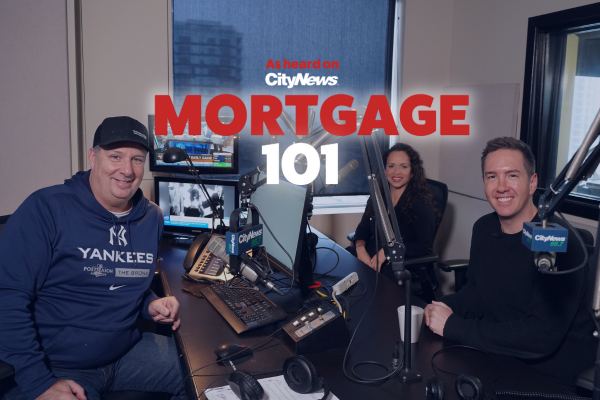Clinton Wilkins and Todd Veinotte welcome special guest Brenna Charles with FCT to discuss the mechanics and benefits of changing mortgage lenders.
Self-employment & income
Self-employment & income
Self-employment: Did you know your self-employed counterparts probably earns more income than you?
According to Statistics Canada, in 2004 the average self-employed Canadian earned an income of $55,600, compared to $40,900 for regularly employed citizens.
Self-employment doesn’t mean unemployment
In 2017, nationally and home in Halifax, millennials and Gen Xers alike are adopting an entrepreneurial spirit through necessity. The days of entering a company at 18 and leaving at 65 are dead. For better or worse, temporary contractual positions (many without benefits) seem to be here to stay.
Today, a career is a collection of curated professional experiences across all levels and industries. Many Canadians are realizing they have little power over employment options, and turn to self-employment as a means of exercising control over their professional and financial development.
You’re self-employed if:
- You own your own business, either incorporated or sole proprietor or partner
- You’re responsible for the payment of your own personal income taxes
- You work under contract with your employer and they do not deduct income taxes from your pay
When it comes to self-employment, we require extra vigilance in safeguarding your personal financial situation. Regardless of success, most lenders view self-employment as a negative factor in assessing your creditworthiness. Hence the need for extra awareness when it comes to your personal credit score, assets, and debt.
A self-employed individual seeking a loan needs to determine their qualified income. This shows their ability to repay the money they are borrowing.
The two types of income
If you self-employ, there are two types of acceptable qualifying income:
- Verifiable income: You can qualify using the income you report to the government and pay taxes on. Providing the past two recent tax filings usually is sufficient proof.
- Stated income: Stating your income at a reasonable level for your occupation and industry experience without having to provide proof.
If seeking to qualify for a mortgage under a stated income program, borrowers are required to have at least a 10 per cent down payment. With less than a 20 per cent down payment, a strong credit score and history would be necessary to get approved underinsured self-employment mortgage programs.
The upside of going with stated income, however, is that it caters to anyone writing off expenses related o the operation of their business in order to lower their personal income (and save on income tax).
This has been a Financial Literacy Month blog post from Team Clinton. We’re your friendly neighbourhood gluten-free mortgage brokers.


